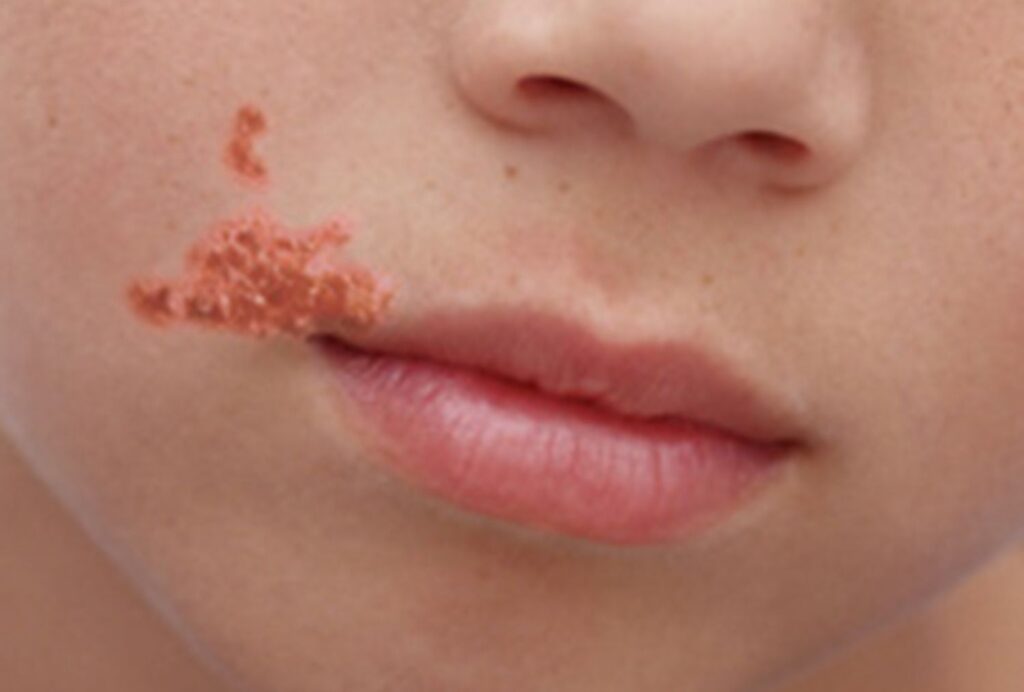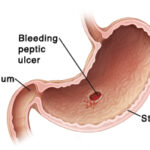Bacterial skin infections, though often minor, can lead to discomfort and complications when left untreated. Ensuring the integrity of the skin through proper hygiene, immediate wound care, and preventive routines is essential in minimizing infection risk. In this article, we explore comprehensive, medically supported strategies to prevent minor bacterial skin infections such as folliculitis, impetigo, and infected cuts.

Understanding Minor Bacterial Skin Infections
Minor bacterial skin infections typically arise from the invasion of bacteria—most commonly Staphylococcus aureus or Streptococcus pyogenes—through small breaks or abrasions in the skin. Common forms include:
- Folliculitis: Infection of hair follicles.
- Impetigo: Highly contagious infection, often appearing as honey-colored crusts.
- Furuncles/Boils: Painful pus-filled bumps.
- Cellulitis (mild): Localized skin redness and swelling.
These infections often occur due to poor hygiene, friction, contaminated objects, or preexisting skin conditions.
Prioritize Personal Hygiene to Avoid Bacterial Exposure
Maintaining consistent and effective personal hygiene is fundamental to bacterial infection prevention.
Daily Skin Cleansing
- Use mild, pH-balanced soaps to avoid irritating the skin.
- Avoid scrubbing vigorously, as micro-tears increase infection risk.
- Dry skin thoroughly, particularly in moisture-prone areas (armpits, groin, feet).
Hand Hygiene
- Wash hands regularly using warm water and soap for at least 20 seconds.
- Use hand sanitizer with at least 60% alcohol when soap is unavailable.
Laundering Clothes and Towels
- Change clothing and undergarments daily.
- Wash towels and bed linens at high temperatures weekly.
- Avoid sharing towels, razors, or personal items.
Immediate Wound and Cut Management
Even minor skin breaks can be gateways for bacterial entry. Proper wound care is essential.
First Aid for Skin Injuries
- Rinse the wound with clean water to remove debris.
- Apply an antiseptic solution such as povidone-iodine or chlorhexidine.
- Cover with a sterile, breathable bandage to keep it clean.
- Change bandages daily or when soiled.
Avoid Picking at Scabs or Pimples
- Disrupting healing tissue increases bacterial colonization risk.
- Use topical antibiotics like mupirocin when advised by a healthcare professional.
Minimize Risk in High-Exposure Environments
Certain conditions increase the likelihood of bacterial exposure.
Public Spaces and Athletic Settings
- Always wear footwear in communal showers or gym locker rooms.
- Disinfect shared equipment before and after use.
- Shower immediately after sweating or exercising.
Workplaces and Childcare Facilities
- Disinfect high-touch surfaces (desks, doorknobs, shared electronics).
- Promote handwashing policies among staff and children.
Strengthen Skin Barrier Through Healthy Habits
Healthy skin resists infection more effectively than compromised skin.
Moisturize Regularly
- Apply non-comedogenic moisturizers to prevent dryness and cracking.
- Ointments with ceramides or urea support skin barrier restoration.
Balanced Diet for Skin Immunity
- Increase intake of vitamins A, C, and E, zinc, and omega-3 fatty acids.
- Stay hydrated to maintain skin elasticity and barrier function.
Recognize and Address Underlying Conditions
Chronic skin disorders may predispose individuals to recurrent infections.
Manage Eczema and Psoriasis
- Use prescribed medications to reduce flare-ups.
- Moisturize frequently to prevent skin fissures.
Control Diabetes and Immune Disorders
- Keep blood glucose levels in check to reduce skin vulnerability.
- Seek medical advice for frequent or slow-healing infections.
Use of Antibacterial and Antiseptic Agents: When and How
While routine use of antibacterial agents is not always necessary, certain scenarios warrant their use.
Topical Antiseptics
- Apply after shaving, waxing, or minor skin trauma.
- Recommended for individuals prone to folliculitis or ingrown hairs.
Antibacterial Soaps and Cleansers
- Use intermittently in high-risk situations, such as outbreaks of impetigo.
- Avoid daily use to prevent disruption of healthy skin microbiota.
Educate and Monitor Children for Early Signs
Children are especially vulnerable due to their close-contact interactions.
- Teach proper handwashing and hygiene habits.
- Monitor for signs of impetigo, such as small red sores or crusty blisters.
- Ensure cuts and insect bites are promptly cleaned and covered.
When to Seek Medical Assistance
Despite preventive measures, bacterial skin infections can still develop. Seek prompt care if:
- Redness, swelling, or warmth increases around a wound.
- Pus drainage occurs.
- Fever or malaise accompanies skin symptoms.
- The condition persists or worsens after 48 hours of home care.
Preventing minor bacterial skin infections requires vigilant personal hygiene, proper wound care, and proactive skin maintenance. With a consistent routine, awareness of environmental risks, and timely interventions, we can effectively protect against these common yet disruptive skin conditions.

